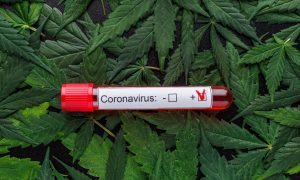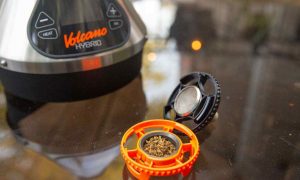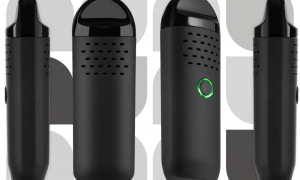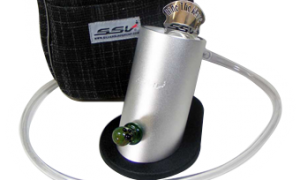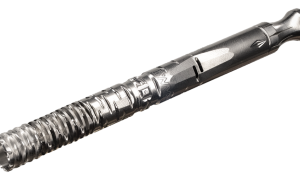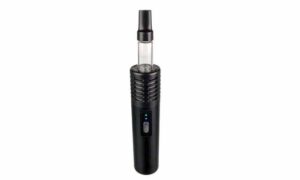Forget about carrots, a recent study has linked cannabinoids with enhanced vision in low-light scenarios.
While some (including pharmacologist ME West, reports The Guardian) had noted increased night vision in Jamaican fishers that had recently ingested cannabis, this is the first time scientists had noticed the effect of dope on retinal ganglion cells (i.e. the cells that transmit light detection from the eye to the brain).
The findings – from a team of researchers from McGill University, University of La Verne, University of California, Université Laval, Johns Hopkins University School of Medicine, and Kennedy Krieger Institute – United States were published on open access journal eLife.
The study itself saw US and Canadian researchers looking into the responses of African clawed frog tadpoles that had been exposed to both artificially introduced and naturally occurring cannabinoids.

We got a diagram, not that it would mean much to you
Since tadpoles are see-through, the team could better see what was going on inside them than on other animals, and was able to conduct imaging and electrophysiological recordings on the tadpoles as they reacted to various visual stimuli.
The short answer to what happened? One class of cannabinoid receptor – CB1R – was found to significantly increase the activity in said retinal ganglion cells.
“Using a dot avoidance assay in freely swimming Xenopus tadpoles, we demonstrate that CB1R activation markedly improves visual contrast sensitivity under low-light conditions,” wrote the study’s lead author Loïs S Miraucourt.
For the science nerds among us, you can check out the report in full here.


